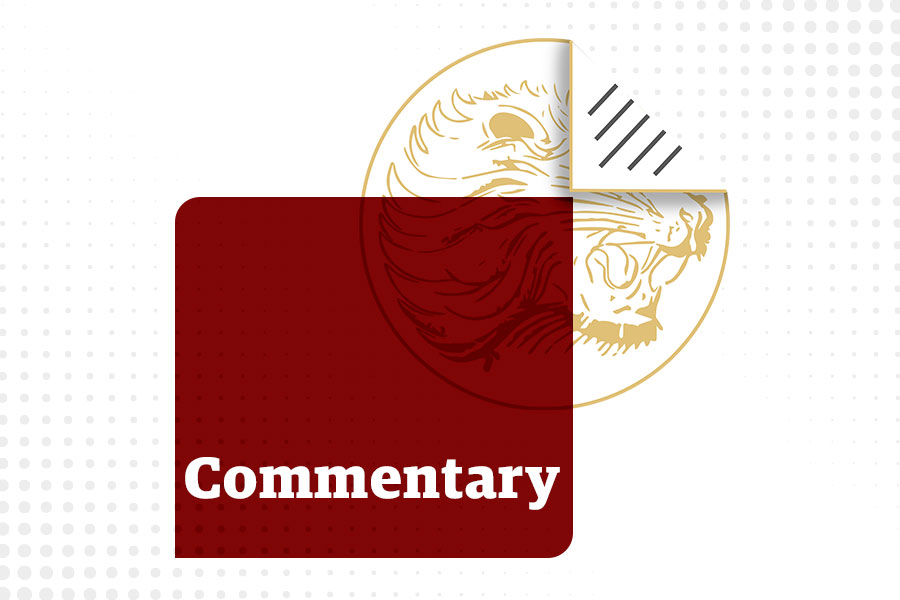
Commentaries | May 25,2024
May 27 , 2024

Akinwumi Adesina (PhD), the president of the African Development Bank (AfDB), characterizes the export of raw materials as "a door to poverty" and value addition as "a highway to wealth."
As Adesina, who first took the helm of the continent's multilateral bank in 2015, approaches the end of his second term next year, he reflected on his tenure with a sense of accomplishment tempered by an awareness of the challenges ahead.
During the opening of the annual meetings of the AfDB and its sister organisation, the African Development Fund (ADF), he talked about his key focus areas: agriculture, infrastructure, energy, and the growing debt burden.
Finance ministers from across Africa, including Ethiopia’s Ahmed Shide, gathered in Nairobi, Kenya, this week to discuss these pressing issues, particularly the increasing debt burden and dissatisfaction with the global financial institutions, often referred to as the "global financial architecture." According to Adesina, African countries are seeking "fairness, justice, equity, representation, and participation" in these global institutions. The five-day annual meeting has drawn 3,000 participants, including delegates from outside the continent who are also shareholders.
Adesina, who previously served as Nigeria’s Minister of Agriculture, believes the future of global food security will be determined by how Africa manages its agricultural sector, especially as the world’s population is projected to reach 9.5 billion by 2050.
"I've been working on agriculture for 40 years of my life," said the President. "I've never been this confident that Africa can feed itself because we have the technologies and the platforms to deliver."
However, he raised the devastating impact of climate change on Africa, noting that the continent loses between seven billion to 15 billion dollars annually due to climate-related issues. He shared his recent conversations with leaders from Malawi, Kenya, and Tanzania, who are grappling with droughts and floods. Africa currently receives 30 billion dollars annually for climate finance but needs over 270 billion dollars each year to build resilience and ensure future stability.
Adesina stated the importance of economic growth translating into improved disposable incomes for individuals.
"You can have the economy growing, but what matters is the disposable income of the individual improving," he told the media at an opening press conference inside Kenyatta International Conference Centre (KICC). He reiterated the Bank's commitment to development, the core mission embedded in its name.
One of the Bank's key initiatives is a 1.5 billion dollars facility for Africa’s emergency response fund, aimed at helping the continent produce 38 million metric tonnes of food worth t2o billion dollars. It is Adesina's vision of the AfDB as "Africa's Solutions Bank."
The AfDB has boosted its focus on infrastructure financing, with 50 billion dollars allocated since he took office. The Bank aims to connect 300 million Africans to electricity by 2030, in partnership with the World Bank. A notable project involves generating 10,000mw of solar power through panels installed in the Sahel region.
But the President believes nothing could make a path forward in the absence of Africa’s industrial policy, which he argued should be an outward-looking approach to drive the continent's transformation and stressing the importance of connectivity.
"We need infrastructure," he said. "But more importantly, we need connectivity."
The eighth president since AfDB's foundation in 1964, Adesina wants to see his tenure marked by a pragmatic approach, focusing on tangible results over ideology. At a recent summit in Dakar, the Bank successfully raised 72 billion dollars to finance agricultural recovery, demonstrating its ability to mobilise resources for the continent’s development.
"This isn't a job for us," Adesina said of his philosophy to his job. "It's a mission."
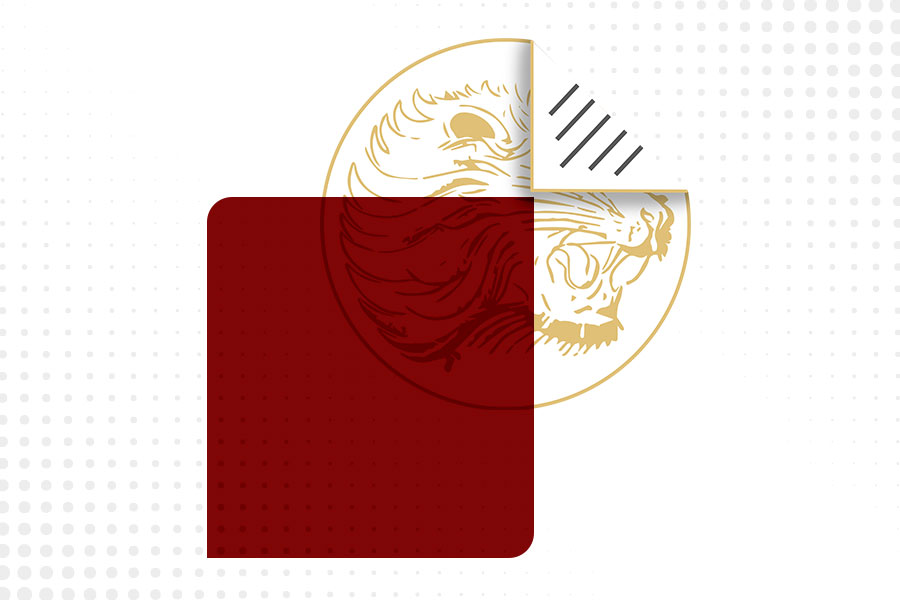
Fortune News | Aug 19,2023

Advertorials | Oct 10,2019

Commentaries | May 03,2025

Viewpoints | Jun 27,2020

Viewpoints | Sep 04,2021
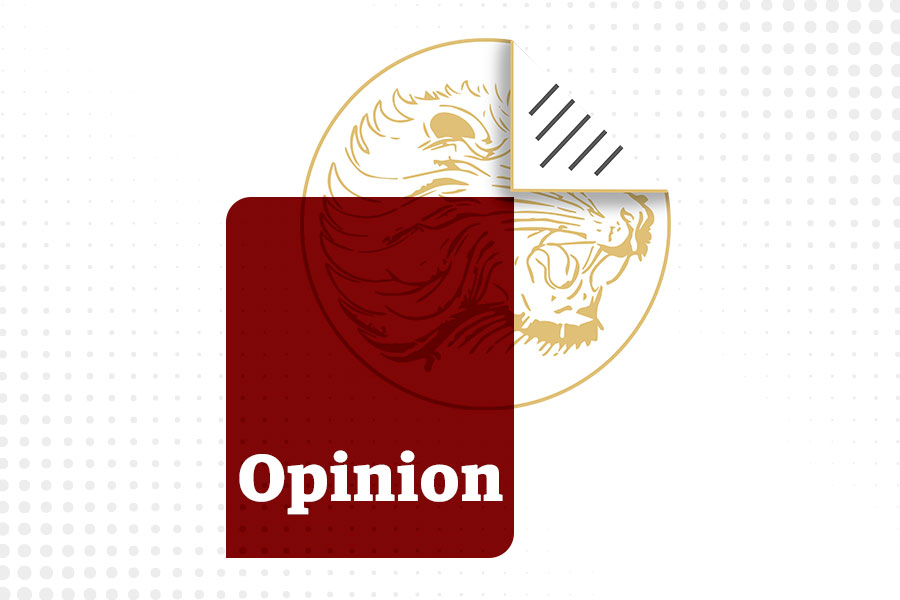
My Opinion | 131548 Views | Aug 14,2021

My Opinion | 127903 Views | Aug 21,2021

My Opinion | 125879 Views | Sep 10,2021

My Opinion | 123510 Views | Aug 07,2021
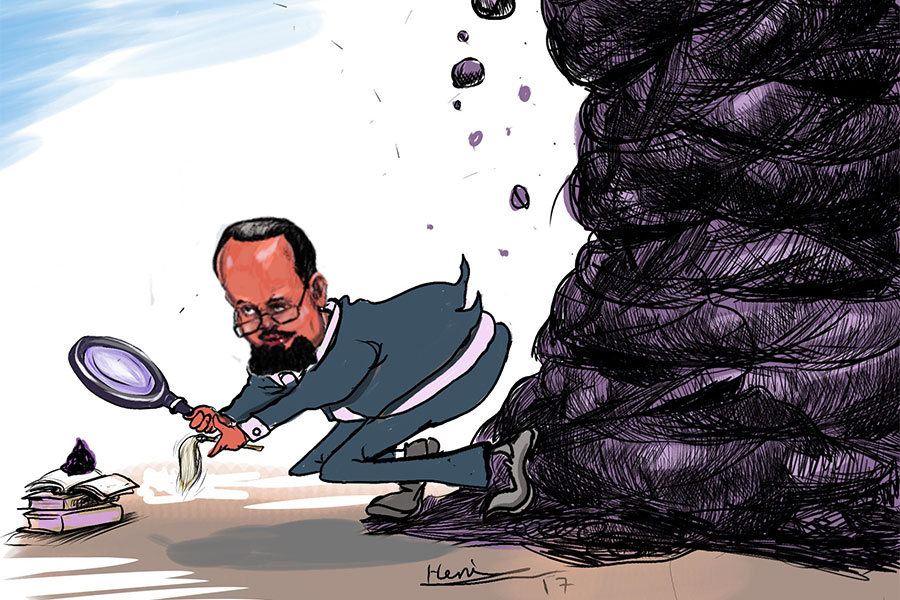
Jun 28 , 2025
Meseret Damtie, the assertive auditor general, has never been shy about naming names...
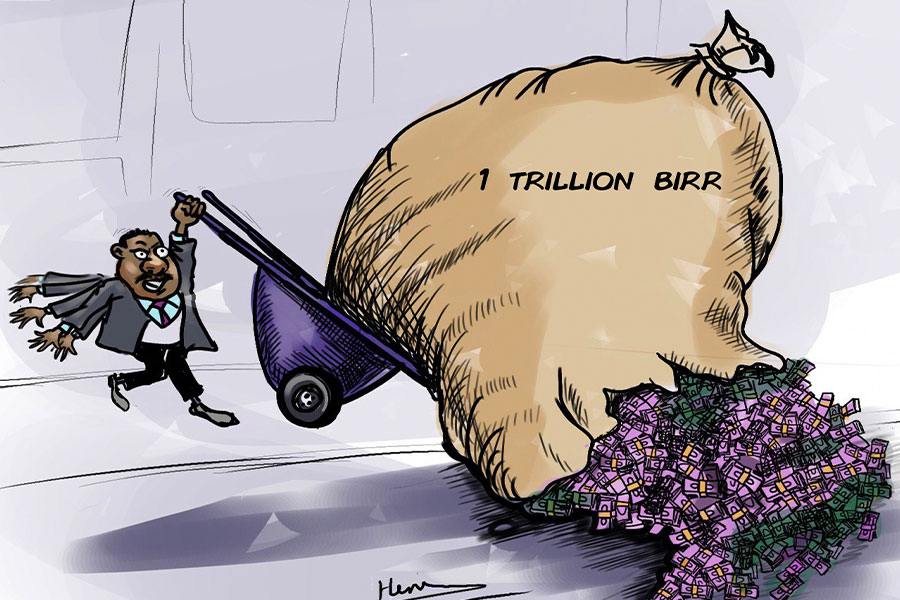
Jun 21 , 2025
A well-worn adage says, “Budget is not destiny, but it is direction.” Examining t...
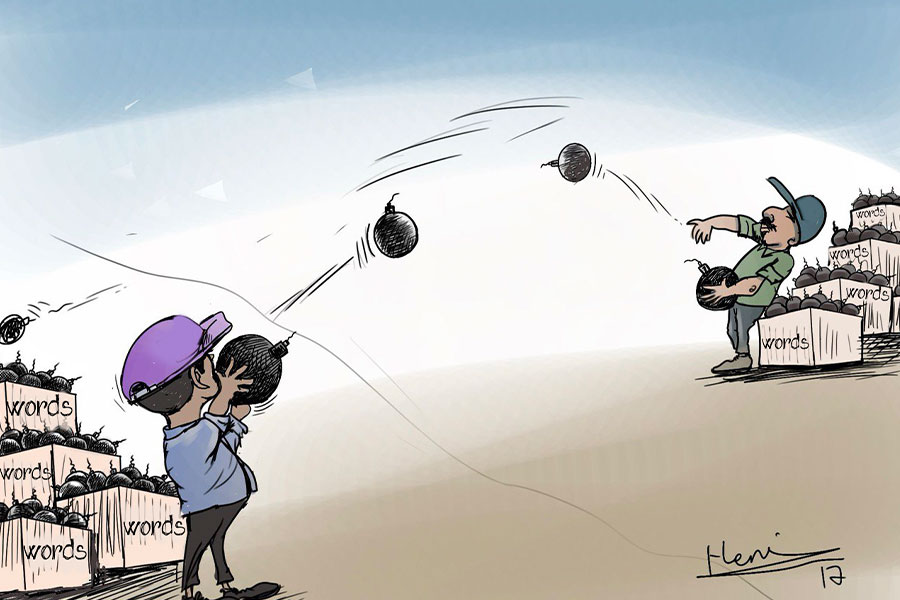
Jun 14 , 2025
Yet again, the Horn of Africa is bracing for trouble. A region already frayed by wars...
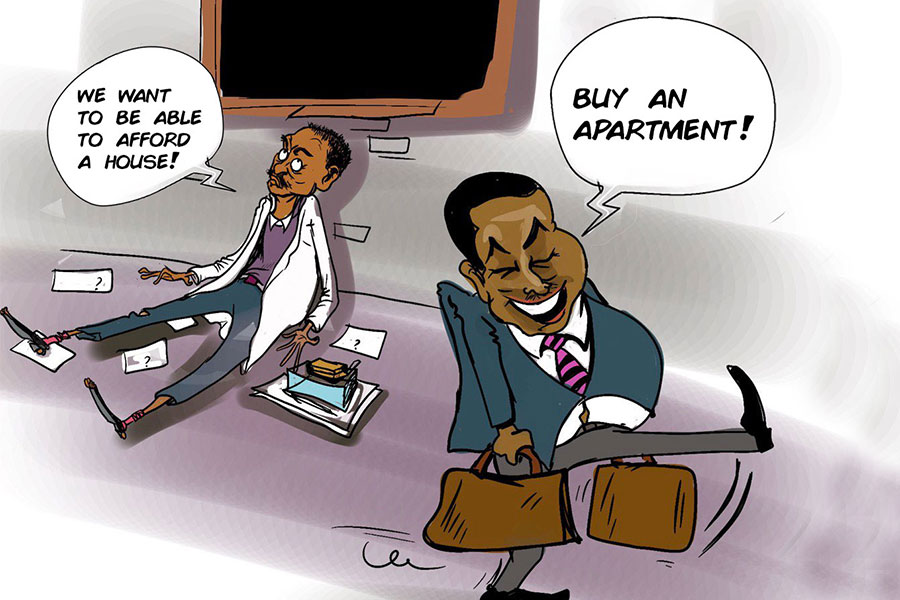
Jun 7 , 2025
Few promises shine brighter in Addis Abeba than the pledge of a roof for every family...